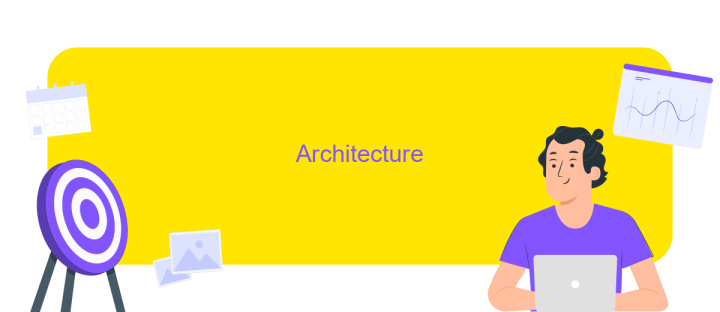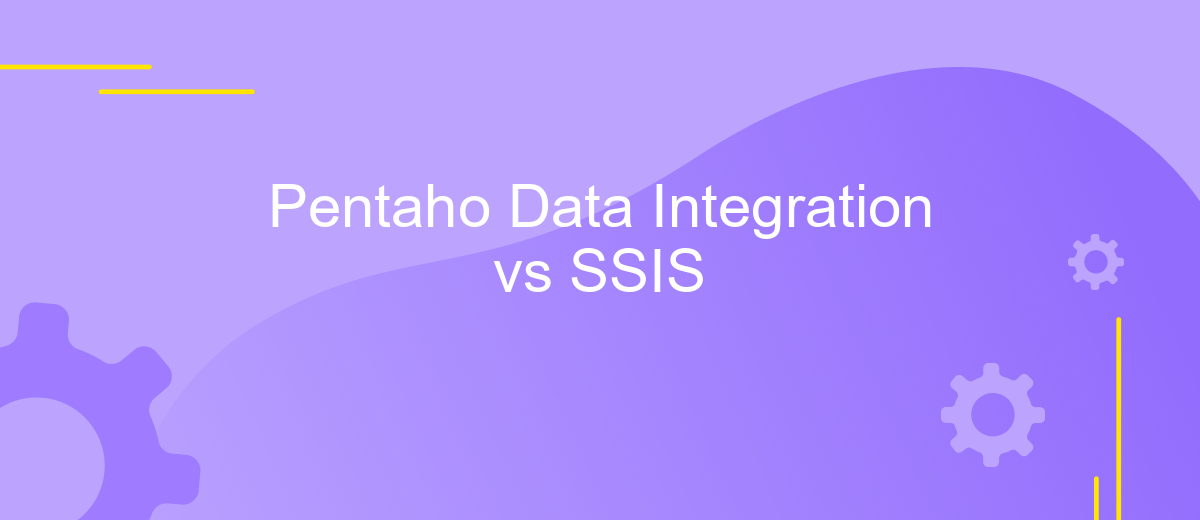Pentaho Data Integration vs SSIS
When it comes to data integration and ETL (Extract, Transform, Load) tools, two prominent names often come up: Pentaho Data Integration (PDI) and SQL Server Integration Services (SSIS). Both platforms offer robust solutions for managing and transforming data, but how do they compare in terms of features, performance, and usability? This article delves into a detailed comparison to help you make an informed choice.
Overview
Pentaho Data Integration (PDI) and SQL Server Integration Services (SSIS) are two prominent tools used for data integration and ETL (Extract, Transform, Load) processes. Both tools are designed to help organizations manage and transform their data, but they have distinct features and capabilities that cater to different needs and preferences.
- Pentaho Data Integration (PDI): An open-source tool known for its flexibility and extensive community support.
- SQL Server Integration Services (SSIS): A Microsoft product integrated with SQL Server, offering robust performance and tight integration with other Microsoft tools.
Choosing between PDI and SSIS largely depends on your specific requirements, existing infrastructure, and budget. PDI's open-source nature makes it a cost-effective solution, especially for businesses that need customizable options. On the other hand, SSIS offers a seamless experience for organizations already invested in the Microsoft ecosystem, providing powerful features and strong support from Microsoft. Understanding the strengths and limitations of each tool can help you make an informed decision that best aligns with your data integration needs.
Features

Pentaho Data Integration (PDI) offers a comprehensive suite of tools for data integration and transformation. It supports a wide range of data sources, including relational databases, flat files, and big data platforms. PDI provides a user-friendly graphical interface, allowing users to design complex data workflows without extensive coding. Additionally, it includes robust scheduling and monitoring features, enabling seamless automation of data processes. PDI's extensibility through plugins and its strong community support make it a versatile choice for data integration needs.
SSIS (SQL Server Integration Services) is a powerful ETL tool that integrates tightly with the Microsoft ecosystem. It offers rich data transformation capabilities and supports a variety of data sources. SSIS provides a visual development environment with drag-and-drop functionality, simplifying the creation of data workflows. It also includes advanced features like error handling, logging, and package configurations. For users looking to streamline their integration setup, services like ApiX-Drive can further enhance SSIS by automating data transfers between different applications, thus saving time and reducing manual effort.
Architecture

Pentaho Data Integration (PDI) and SQL Server Integration Services (SSIS) are powerful ETL tools, but they differ significantly in their architectural approaches. PDI is built on a Java-based platform, making it highly portable across different operating systems. SSIS, on the other hand, is tightly integrated with the Microsoft ecosystem, leveraging .NET for its operations.
1. PDI employs a modular architecture with a central repository, allowing for easy management of transformations and jobs.
2. SSIS uses a project-based architecture, where packages are designed within Visual Studio and stored in the SQL Server database.
3. PDI supports a wide range of data sources and destinations natively, while SSIS often requires additional configuration for non-Microsoft data sources.
Both PDI and SSIS offer robust solutions for data integration tasks, but their architectural differences cater to different organizational needs. PDI's flexibility and cross-platform support make it ideal for diverse environments, whereas SSIS's seamless integration with Microsoft products makes it a strong choice for enterprises already invested in the Microsoft stack.
Pricing

When comparing Pentaho Data Integration (PDI) and SQL Server Integration Services (SSIS), pricing is a crucial factor to consider. Both tools offer robust data integration capabilities, but their cost structures vary significantly, impacting the overall budget for businesses.
PDI is an open-source solution, which means it is free to use. However, Pentaho also offers a commercial edition with additional features and enterprise support, which comes at a cost. The open-source nature of PDI makes it an attractive option for small to medium-sized businesses or startups with limited budgets.
- PDI Open-Source: Free
- PDI Enterprise Edition: Subscription-based pricing
- SSIS: Requires SQL Server license
SSIS, on the other hand, is a part of the Microsoft SQL Server suite. To use SSIS, you need to purchase a SQL Server license, which can be expensive depending on the edition and the number of licenses required. This makes SSIS a more costly option, particularly for organizations that do not already use SQL Server in their infrastructure.


Conclusion
In conclusion, both Pentaho Data Integration and SSIS offer robust solutions for data integration needs, each with its own strengths and weaknesses. Pentaho is known for its flexibility and open-source nature, making it a cost-effective choice for businesses that require extensive customization. On the other hand, SSIS, with its seamless integration with the Microsoft ecosystem, provides a more straightforward and user-friendly experience for those already invested in Microsoft technologies.
Choosing between Pentaho and SSIS ultimately depends on your specific requirements, budget, and existing infrastructure. For those looking to further streamline their integration processes, services like ApiX-Drive can offer additional support. ApiX-Drive simplifies the setup of integrations between various platforms, enhancing efficiency and reducing the technical burden. By carefully evaluating your needs and leveraging the right tools, you can ensure a successful data integration strategy that supports your business objectives.
FAQ
What are the main differences between Pentaho Data Integration (PDI) and SQL Server Integration Services (SSIS)?
Which tool is more cost-effective, Pentaho Data Integration or SSIS?
Can both Pentaho Data Integration and SSIS handle real-time data integration?
How do Pentaho Data Integration and SSIS compare in terms of ease of use?
What are some third-party services that can assist with automating and configuring integrations in PDI and SSIS?
Do you want to achieve your goals in business, career and life faster and better? Do it with ApiX-Drive – a tool that will remove a significant part of the routine from workflows and free up additional time to achieve your goals. Test the capabilities of Apix-Drive for free – see for yourself the effectiveness of the tool.

